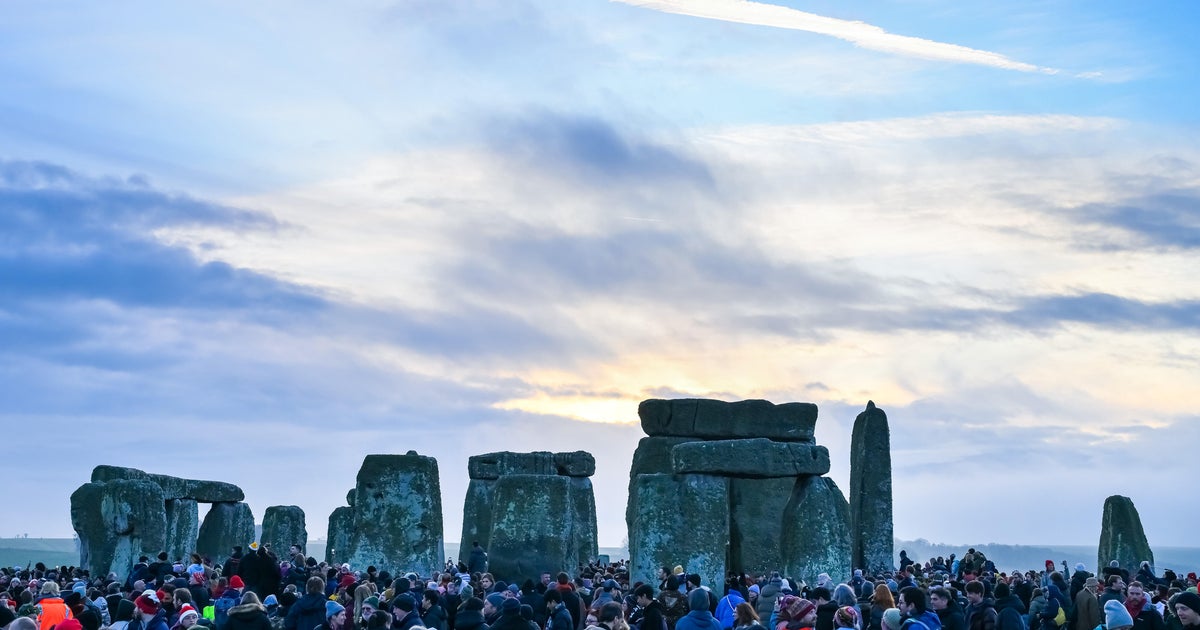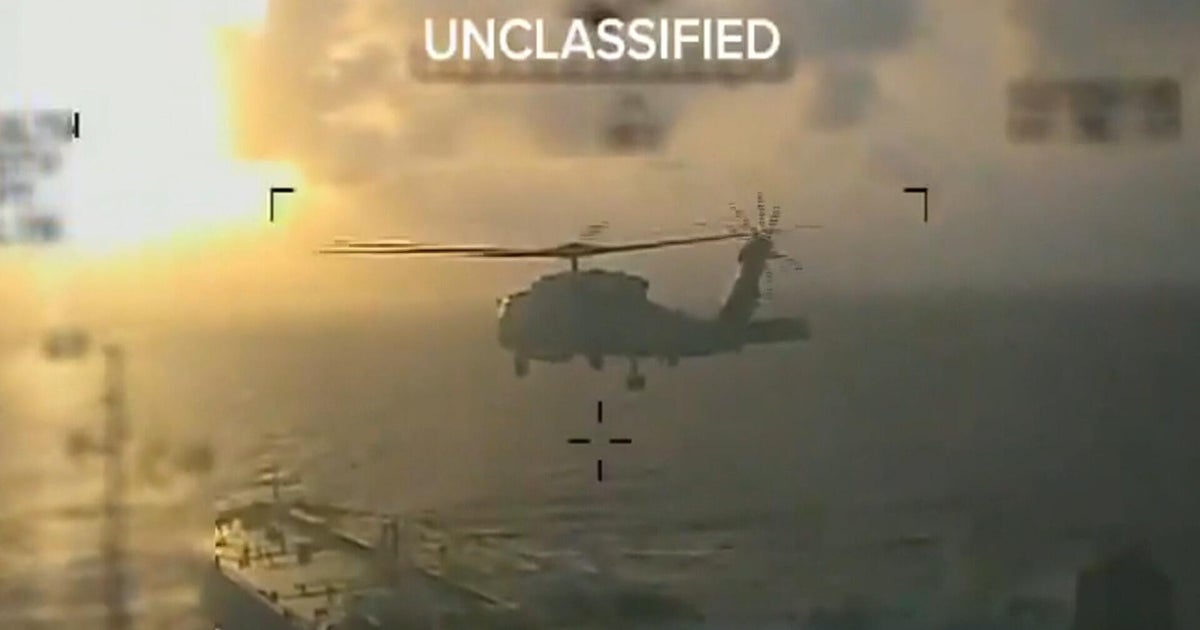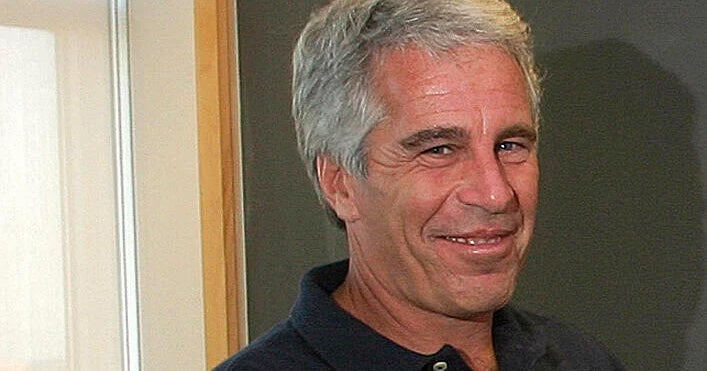Massive 8.8‑Magnitude Quake Strikes Russia’s Kamchatka—Tsunami Waves Hit Hawaii and Japan
An 8.8 magnitude earthquake off Russia’s Far East triggered tsunami waves across the Pacific, impacting Hawaii and Japan while causing damage in Kamchatka.
Devastating Earthquake Rocks Russia’s Far East
Early on July 30, 2025, a powerful earthquake rated magnitude 8.8 struck off Russia’s Kamchatka Peninsula, centered approximately 119 km east-southeast of Petropavlovsk‑Kamchatsky at a shallow depth near 19 km. According to the U.S. Geological Survey, this was the strongest quake recorded in the region since 1952, sending tremors across a vast swath of the Pacific Ring of Fire.
Tsunami Waves Surge Through Pacific Coastal Areas
The quake triggered tsunami waves up to 5 meters (16 feet) high that struck Severo‑Kurilsk, partially flooding the port and sweeping vessels from their moorings. Travel advisories and evacuations quickly followed across Japan, Hawaii, Alaska, and as far south as California and South America, raising alarms about repeated wave surges.
Tsunami Alerts and Evacuations in Japan
In Japan, tsunami waves measuring up to 1.3 meters (4.3 feet) were recorded along the Pacific coast—particularly in Hokkaido and near Tokyo Bay. With memories of the 2011 tsunami fresh in mind, over 900,000 residents across more than 200 municipalities received evacuation notices. Critical infrastructure, including the Fukushima nuclear plant, underwent precautionary shutdowns, although no abnormalities were reported to date.
Tsunami Waves Reach Hawaii’s Shores
In Hawaii, coastal areas began experiencing measureable tsunami activity after dark. Officials noted water receding by over 20–30 feet at Haleiwa Harbor, followed by 4‑foot wave amplitudes detected near Kahului on Maui. Warnings urged residents to evacuate low-lying areas, remain on higher floors, and avoid coastlines for hours as follow-up waves were expected.
Travel Disruption as Authorities Respond
Flight operations were temporarily suspended at Maui’s airport, and coastal roads in Honolulu became congested with residents seeking safety. Transportation officials canceled buses post‑6 p.m. if routes covered inundation zones. The U.S. Coast Guard ordered vessels out of harbors, while Hawaii’s emergency sirens—not heard in over a decade—sounded in several counties.
Damage and Casualties in Russia’s Kamchatka
Local officials in Kamchatka confirmed several minor injuries, most sustained during evacuation movements. Structural damage included a kindergarten collapse in Petropavlovsk‑Kamchatsky, power outages, and coastal flooding. The regional governor and scientists affirmed that emergency services are managing the situation, while aftershocks up to magnitude 6.9 continue to be monitored.
Global Tsunami Warnings Along Pacific Coastlines
Alerts stretched from Japan and Guam to Mexico, Chile, and New Zealand, with most regions experiencing expectations of tsunami waves between 1 and 3 meters, and up to 3–5 meters in certain locations like parts of Russia and Alaska. Many nations issued advisory notices and urged citizens to stay clear of beaches, marinas, and riverside areas.
Comparisons to Historic Teletsunamis Across the Pacific
Experts note that the recent event mirrors previous teletsunamis, where large undersea earthquakes produce waves that travel thousands of miles across oceans—such as the historic 1960 Chilean tsunami or Japan’s 2011 quake. These events underscored the need for proactive global tsunami monitoring and response.
Science Behind the Quake and Tsunami
The earthquake originated along the Kuril–Kamchatka subduction zone, where the Pacific Plate is subducting beneath the Okhotsk Plate—one of Earth’s most seismically active regions. This setting has produced several catastrophic quakes over time, including historical events from 1737, 1841, and the infamous 1952 Severo-Kurilsk earthquake, which claimed over 2,300 lives.
Risk from Aftershocks and Future Waves
Authorities warned that significant aftershocks may persist for days or weeks, possibly as high as magnitude 7.5. Secondary waves may arrive hours after the initial surge, so coastal regions were advised to remain on alert and continue evacuating until official warnings were lifted.
Authorities Caution Against Sightseeing the Tsunami
National weather centers—including the U.S. National Weather Service—urged residents not to approach shorelines to observe waves, citing dangers of strong currents and rescue responders at risk. The phenomenon of repeated waves makes first pulses deceptive in magnitude but not in danger.
Evacuation and Public Safety Measures
In Hawaii, emergency centers including schools and community halls remained open for evacuees. Civil defense agencies emphasized reaching higher ground, staying indoors on upper floors, and avoiding coastal highways. In Japan, shelters sprang up across evacuated municipalities, with nuclear facilities temporarily paused and staff sheltered on higher levels.
Monitoring and International Coordination Efforts
The Pacific Tsunami Warning Center, working alongside international meteorological agencies, coordinated real-time monitoring and issued alerts spanning from the Pacific Rim to East Asia. The blast echoed across emergency networks and media platforms globally to ensure citizens received accurate and urgent information.
Hawaii Officials Share Response Details
Governor Josh Green confirmed no major damage had occurred so far but reinforced expectations of wave-related flooding and dangerous currents. Multiple waves were observed passing through Midway Atoll, measured at around 1.8 meters (6 feet), but severe impact on the Hawaiian mainland was yet to be confirmed. Evacuation protocols and flight restrictions remained in place as a precaution.
Revisiting the Historical Context of Pacific Quakes
This seismic event underscores a pattern of destructive tsunamis driven by large earthquakes in the Pacific Ocean—events previously observed in Kamchatka (1952), Chile (1960), Alaska (1946), and Japan (2011). The interconnectedness of geological activity across oceans has repeatedly demonstrated the importance of early warning systems and global preparedness.
Lessons Learned and Protective Measures Going Forward
Officials emphasized the unpredictable nature of tsunami waves and the critical importance of following evacuation orders promptly. Even moderate waves are capable of sweeping people and property away. Russia stressed that while structural damage was limited, lessons must be drawn about coastal safety and infrastructure resilience amid seismic risk zones.
What Happens Next in This Crisis?
With aftershocks ongoing and tsunami alerts still active, authorities in the Pacific region continue to monitor for additional waves. Residents have been advised to remain off beaches, harbor zones, and waterfronts until all warnings are officially lifted. Preparedness messaging stresses that initial waves may not be the largest, and that danger persists well after first impacts.
Disclaimer
This article is based solely on verified reporting from trusted sources regarding the earthquake and tsunami event. It contains no speculative or promotional content. Myhospy.com is not responsible for any decisions made from this information.
What's Your Reaction?
 Like
0
Like
0
 Dislike
0
Dislike
0
 Love
0
Love
0
 Funny
0
Funny
0
 Angry
0
Angry
0
 Sad
0
Sad
0
 Wow
0
Wow
0




















































